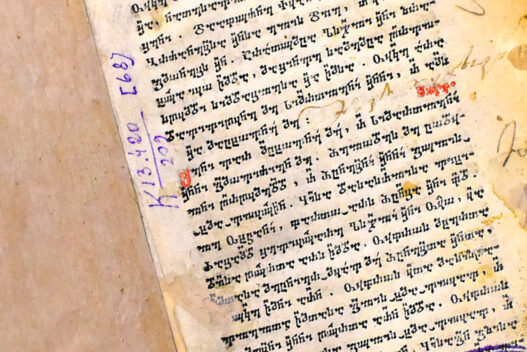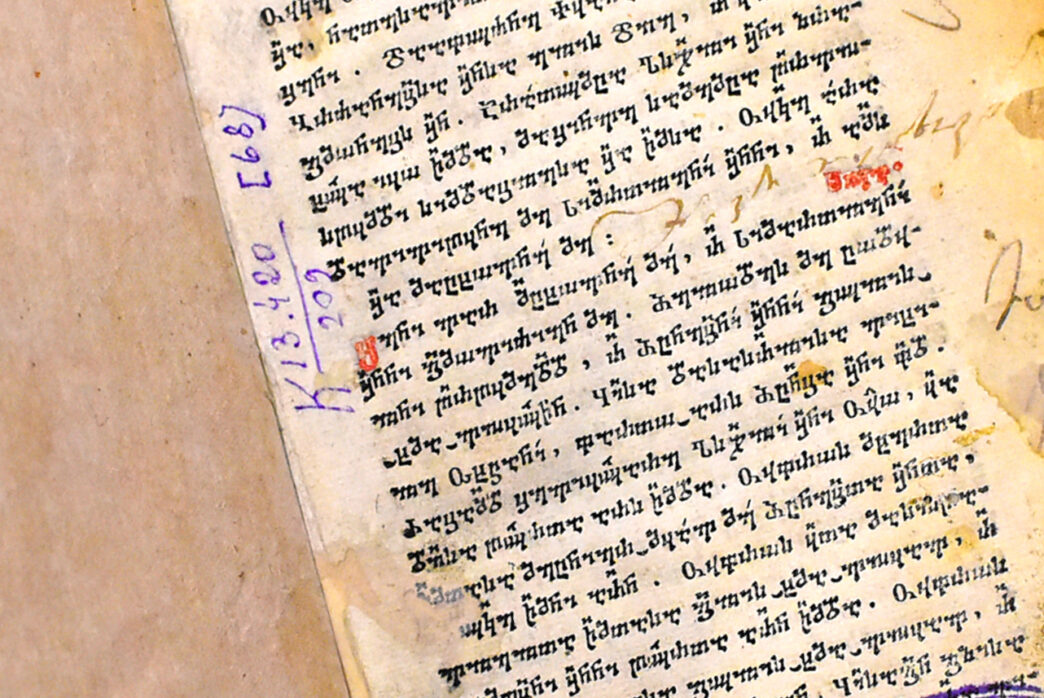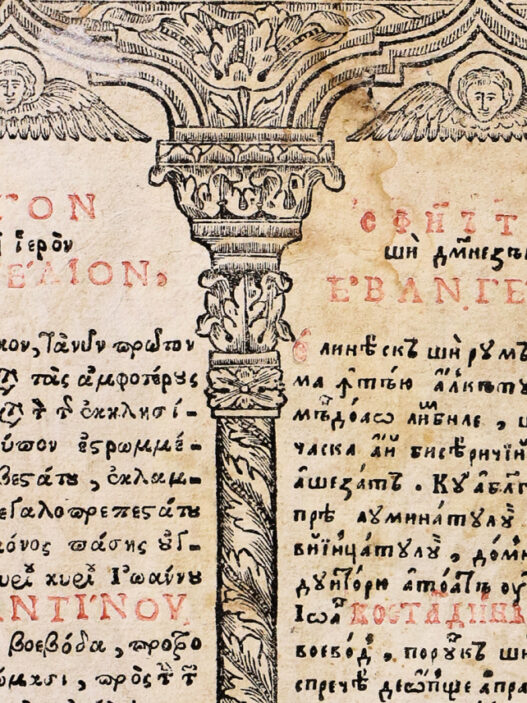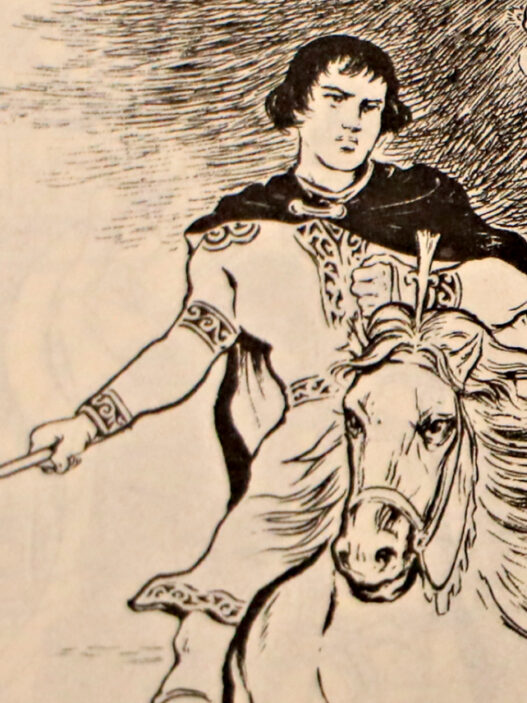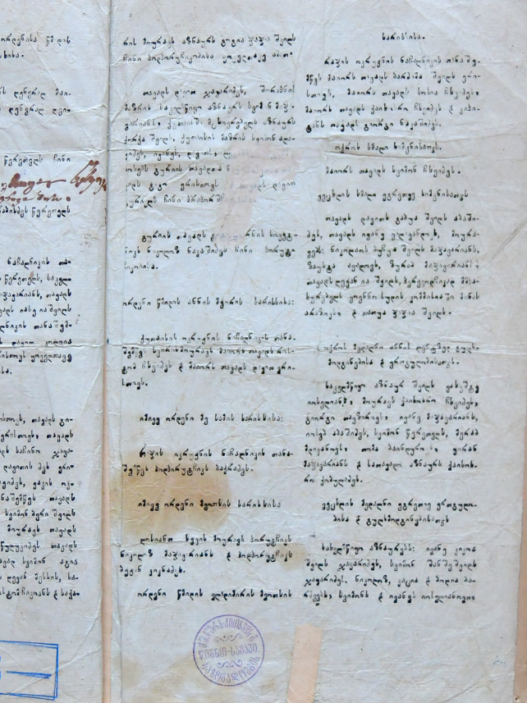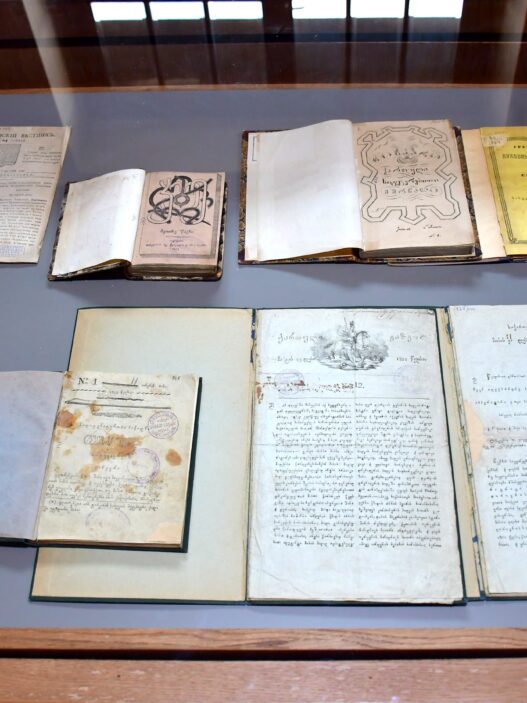The restoration and conservation of the Jamni printed at Erekle II’s printing house in 1791 has been finished by the Department of Conservation and Restoration of the Funds of the National Parliamentary Library of Georgia. The authenticity of this special bibliographic unit of the Society for the Promotion of Literacy among Georgians library has been fully preserved during its restoration.
“We read the book cover to cover. The block was damaged, but we fixed it. Additionally, the pages were partially restored and conserved. The Jamni‘s exquisite leather cover, which was previously lavishly embellished with decorations, was repaired. There were leather-bound locks on the cover. The restoration of all three bindings was based on the preservation of one of them. The alphabet of the civilization that promoted literacy was likewise broken, and the book lacked capitalization. Additionally, some details were restored.
The printed ornaments were exposed when the book’s pages were cleaned and restored to their natural hue. On the inside of the back cover was a page that had fallen out of the book and showed the Bagrations’ coat of arms. It could be preserved, put back in its proper location, and restored to its former state.
The note-containing page that served as the book’s endpaper was also saved. Natalia Elizbarashvili, Head of the Conservation and Repair Department of the National Library’s Funds, states that the repair and conservation work on this special edition of the Erekle Printing House was successfully finished, extending the edition’s life by many years.
The family read Jamni, a liturgical book published in 1791, every day. It contains psalms, prayers, and other things. Such books were rapidly and seriously damaged due to regular use. Jamni was published by Romanoz Razmadze (Zubashvili) and printed in Erekle II‘s printing company. He was responsible for restoring Erekle‘s printing business. He played a significant role in the founding and growth of Imereti printing firms.
Regarding the publication itself, the cover consisted of two hardwood plates that were joined by leather in order to be bound together. All of the details were evident when the book was being restored. According to Shorena Osipova, Head of the National Library’s Rare Publications Department, the publication was restored without any additional information added, and its authenticity was fully preserved.


